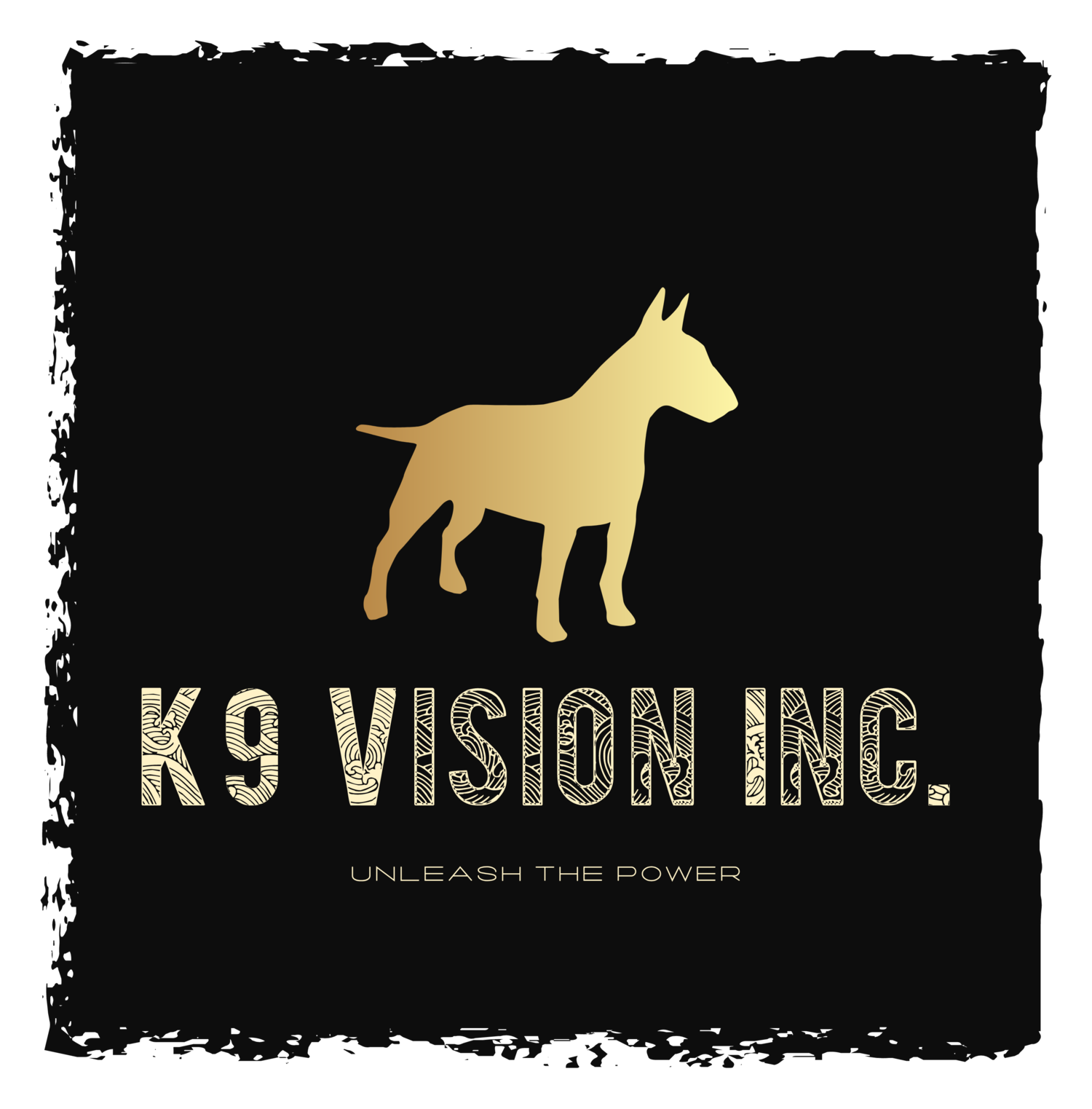What’s going K9DLC family! I want to talk to you about something powerful, something transformational—something that’s going to change the way you see your dog and yourself. We’re diving into how the way you label your dog’s behavior can fundamentally change how you raise them.
Buckle up, because this isn’t just a word about dogs; this is can be applied to EVERYONES life.
The Power of Labels
Listen to me, family. Words have power!!! The labels we attach to behaviors shape how we perceive them and how we respond. When you call your dog "bad," "stubborn," or "untrainable," you’re not just describing their behavior—you’re setting a ceiling on their potential. You’re creating a narrative that limits both you and your furry friend.
Imagine if someone called you lazy every day. How long before you started believing it? How long before you started acting like it? The same goes for your dog. They’re incredibly intuitive creatures. They pick up on your energy, your attitude, and yes, your labels. (if your already feeling a little uncomfortable reading this, I promise this message is for YOU. So buckle up > : - )
Reframe the Narrative
Now, I want you to do something for me. Take those negative labels and toss them out the window. Gone. Finished.
Instead, start labeling behaviors in a way that opens up possibilities for change and growth.
Instead of "stubborn," try "determined."
Instead of "bad," think "misguided."
Instead of "untrainable," say "still learning."
When you shift the narrative, you’re not ignoring the problem—you’re just choosing to see it from a different angle. You’re giving your dog, and yourself, the space to grow.
Your Behavior Matters
Here’s the real kicker, folks. Your dog’s behavior is often a reflection of your own. Yeah, I said it! I said it because I love success for you.
If your dog is anxious, look at your own stress levels. If your dog is aggressive, check the excitement/intensity of how you’re handling conflicts in your life. Dogs are mirrors. They reflect what they see.
So, when you’re training your dog, remember that you’re also training yourself. Your patience, your consistency, your attitude—they all play a role. If you want to change your dog’s behavior, start by changing your own. Be the example. Be the calm in the storm.
Reinforce the Positive
Now let’s talk about reinforcement. It’s easy to focus on what you don’t want your dog to do. “Don’t chew the shoes,” “Don’t bark at the mailman,” “Don’t jump on guests.” But focusing on the negative only reinforces it. Why? Because you’re giving it attention.
Instead, start catching your dog in the act of doing something right. Reward the good. Praise the calm. Celebrate the small victories. When your dog sits quietly, give them a treat. When they greet a guest without jumping, give them all the love. What gets rewarded gets repeated.
Consistency is Key
Family, consistency is everything. You can’t correct your dog for jumping one day and then let it slide the next. Mixed signals confuse your dog and make training harder. Set clear boundaries and stick to them. Your dog will thrive on knowing what to expect.
Final Thoughts
Changing the way you label your dog’s behavior changes the way you raise them. It shifts your mindset from one of frustration to one of possibility. It empowers you to see your dog not as a problem to be fixed but as a companion to be understood and guided.
Remember, the journey of raising a well-behaved dog starts with YOU. Be patient. Be consistent. Be aware of the labels you use and the behaviors you reinforce. And most importantly, love your dog through every step of the process.
Stay motivated, stay positive, and #trusttheprocess. You’ve got this.
~Myles DogBeGreat

